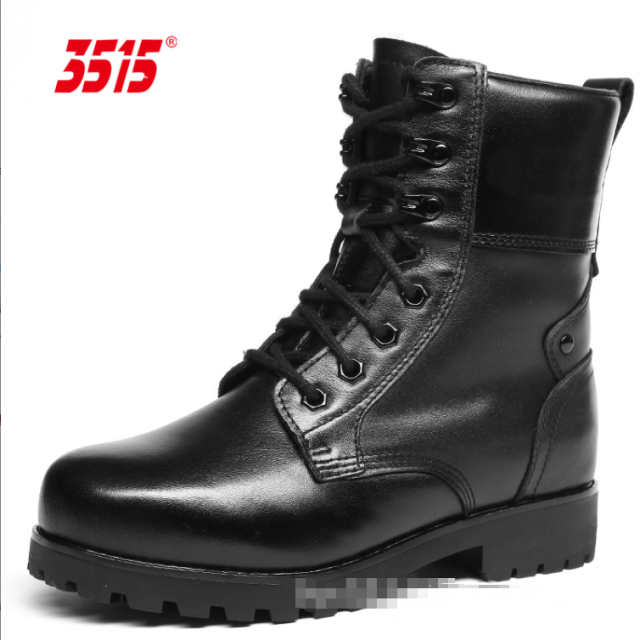For professionals who spend long hours on their feet, the right socks aren’t just about comfort—they’re a critical tool for preventing fatigue, infections, and long-term foot damage. Moisture-wicking socks leverage advanced textile science to address these risks, offering tailored solutions for drivers, warehouse staff, healthcare workers, and more. Here’s how material innovations transform foot health in high-demand occupations.
Moisture-Wicking Technology Explained
The Science Behind Sweat Management
Moisture-wicking fabrics work by capillary action: synthetic fibers (like polyester or nylon) are engineered with microscopic channels that pull sweat away from the skin to the sock’s outer layer, where it evaporates. This process keeps feet dry 3–5× faster than cotton, reducing the "swamp effect" that breeds blisters and bacteria.
Material Innovations: From Synthetic Fibers to Antimicrobial Treatments
Modern blends go beyond basic wicking:
- Silver-ion coatings inhibit bacterial growth, cutting odor and infection risks by roughly half in clinical tests.
- Mesh ventilation zones target high-sweat areas (arches, toes) for occupation-specific airflow.
- Recycled polyester hybrids balance sustainability with durability, resisting wear from abrasive surfaces.
Occupation-Specific Benefits
Long-Haul Drivers: Reducing Fatigue and Blister Risks
Drivers face unique challenges: prolonged sitting reduces circulation, while pedal use concentrates sweat. Moisture-wicking socks with graduated compression (8–15 mmHg) improve blood flow, and seamless toe designs prevent friction blisters during 10+ hour shifts.
Warehouse Workers: Mitigating Humidity-Related Infections
Concrete floors and repetitive motion make warehouses a hotspot for fungal growth. Socks with antimicrobial treatments and reinforced heels reduce slip risks and keep feet dry even in humid environments.
Beyond the Basics: Healthcare and Construction Use Cases
- Healthcare: Latex-free, static-dissipative fibers protect against spills and electrical hazards.
- Construction: Kevlar-reinforced wicking socks shield against debris while managing heat.
Choosing the Right Sock
Durability vs. Comfort: Material Comparisons
| Material | Best For | Trade-offs |
|---|---|---|
| Merino Wool | Temperature swings | Less durable |
| Nylon-Polyester | High abrasion | Moderate breathability |
| Copper-Infused | Infection-prone | Higher cost |
Industry Standards and Certifications to Look For
- OEKO-TEX®: Ensures no harmful chemicals.
- BIFMA compliance: Critical for slip-resistant occupational footwear.
Upgrade Your Footwear Line with 3515
Distributors and brands can leverage 3515’s expertise in occupational footwear manufacturing—from moisture-wicking socks to safety boots—to deliver scientifically validated comfort and protection. [Contact our team] to develop custom solutions for your clients’ needs.
Research and real-world testing confirm: dry feet are healthier feet. Whether you’re sourcing for drivers or nurses, the right sock technology can reduce workplace injuries while boosting productivity—one step at a time.
Related Products
- Wholesale Customizable Suede Safety Boots - Puncture-Proof with Velcro Closure
- Durable Steel Toe Safety Boots Wholesale & Custom Manufacturing
- Wholesale Durable Safety Boots | Custom Steel Toe & Puncture-Resistant Manufacturing
- Custom Wholesale Leather Safety Boots Direct Factory Manufacturing
- Wholesale Slip-On Safety Boots Manufacturer - Custom Puncture-Proof & Steel Toe
Related Articles
- Work Boots vs. Western Boots: How to Choose the Right Footwear for Labor Safety
- How to Choose Work Boots That Match Your Job's Safety Demands
- How to Choose Work Boots That Match Your Industry's Safety Needs
- Steel Toe Work Boots: Balancing Safety and Comfort for Demanding Jobs
- How to Choose Work Boots That Balance Safety, Comfort, and Durability for Your Job



















